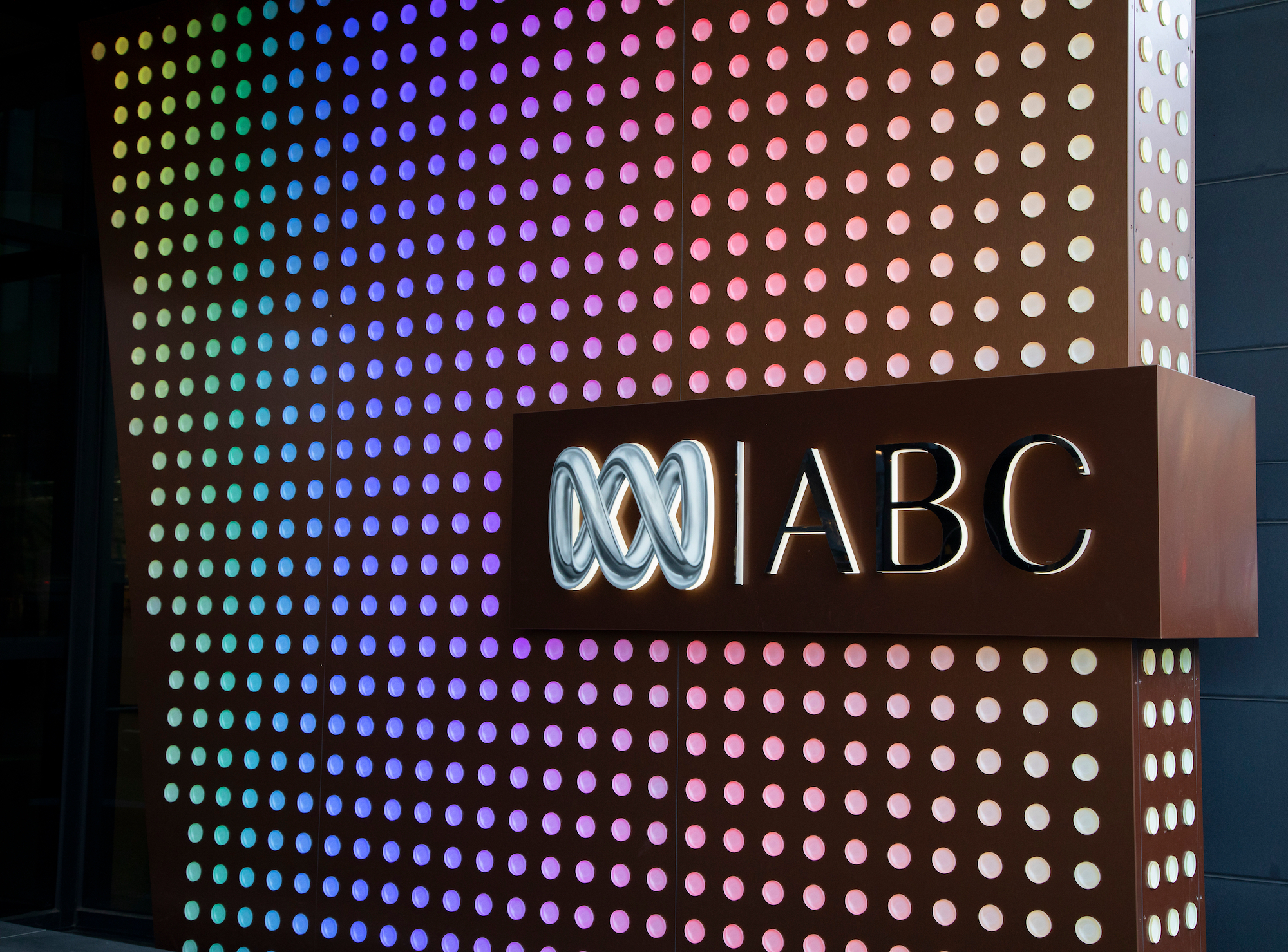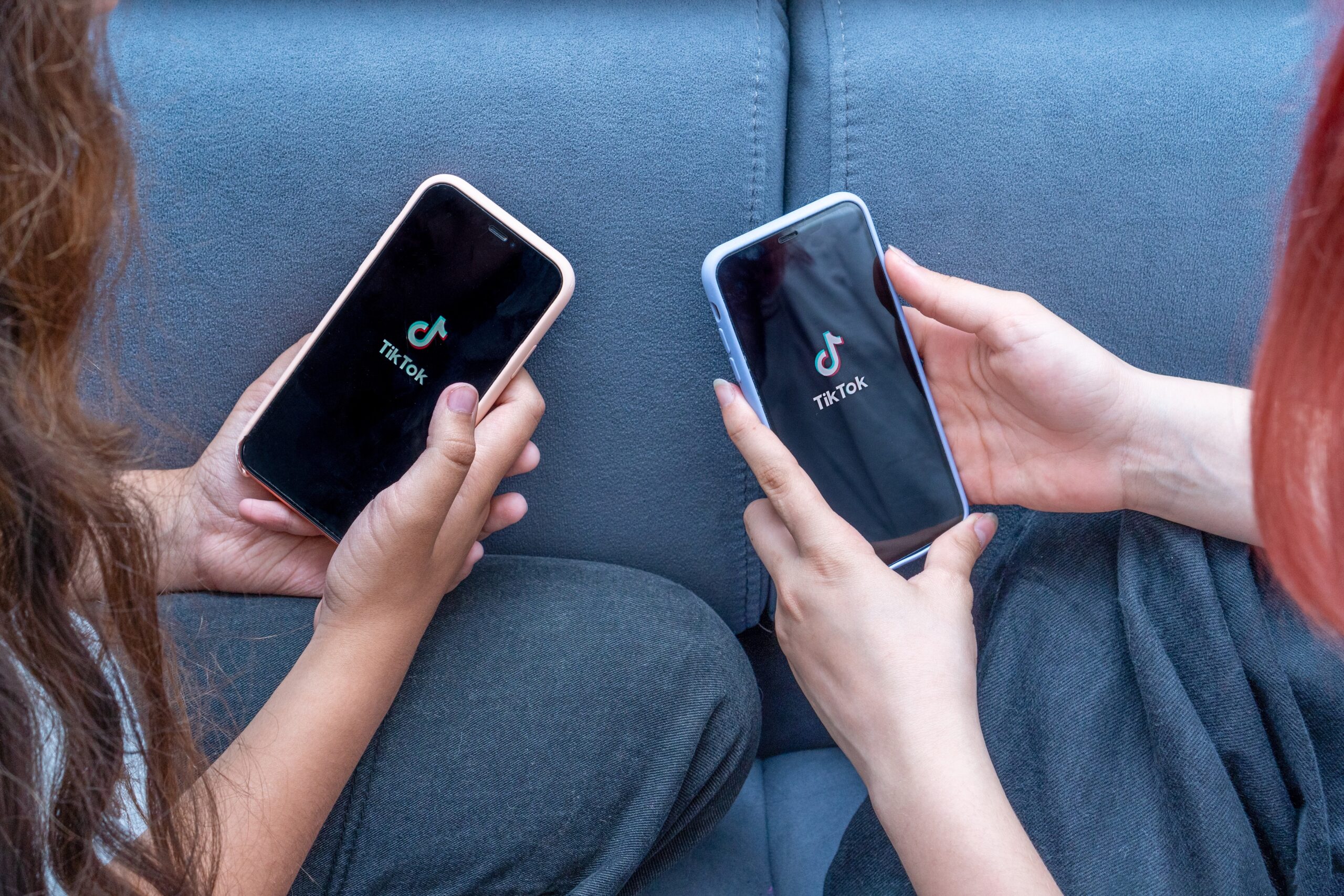INTERVIEW
How the ABC is working with content creators
20th March 2025
The ABC’s Creator Program, which sees content creators placed across the entire organisation, demonstrates the way public media and content creators can collaborate in mutually beneficial exchanges.

Content creators are already a major part of the media ecosystem worldwide, and a new programme from the ABC could be a useful model for public media to engage with them.
Studies from the Reuters Institute for the Study of Journalism, the Pew Research Center, and UNESCO, all point to their prevalence, prominence and importance in the modern media market.
Most critically for public service media is that content creators are able to reach and engage with young audiences, a demographic which has historically been very difficult for public broadcasting to connect with.
Read more: BBC announces new talent scheme for social media content creators
In PMA’s most recent podcast, we explore how public media can work with content creators in mutually beneficial exchanges, whereby public media can access some of those hard-to-reach audiences, and in return, content creators can benefit from the professionalism and expertise of public broadcasting.
One such example where this is already taking place is in Australia, where the ABC has launched a Creator Program. PMA’s CEO, Kristian Porter, spoke with Daniel Ahern, who is leading this project for the ABC. For more examples of content creators and PSM collaborating, scroll to the very bottom.
The interview has been edited for brevity and clarity.
Kristian Porter: So you designed, manage and edit ABC’s Creator Programme, which brings together known YouTubers and TikTokers with an aim of developing new ways of connecting young audiences and public broadcasters. How did that idea come about? What are you trying to solve?

Daniel Ahern: Well, we didn’t have any references because no other broadcasters do this that we know of. So how it came about originally was more through research that the Innovation Lab at the ABC did four or five years ago now, which was showing just how strong the connection was between influencers and young audiences. So it was one of our young audience studies that we did and showing that young audiences trust influencers more than mainstream media, that they identify and resonate with kind of creator talent more than traditional media talent.
And so there was a small program that was designed at the ABC around kind of testing and learning how we might work with these creators. And that was kind of a distributed program across the ABC where we helped connect creators and other emerging talent with various ABC teams and help them kind of make content with those creators.
And so that’s kind of the genesis of the program is really just, I mean, observing our own content habits and knowing that, you know, we consume a lot of creator content and a lot of that creator content is really valuable and consistent with public service mission and the research that we did and that sort of preliminary testing program that we’ve since consolidated into being what we now call the creator program where they all kind of work together in one unit in Innovation Lab.
Listen to the full podcast:
KP: How does it work? What sort of content are you making out of this?
DA: It’s quite diverse the content we’re making. So it’s first of all, it’s not news content and it’s not one of current affairs and investigation content, so we sit outside of the news division.
We’re in our content division and so it’s a cross-section of topics that that we consider to generally be topics of strength for the ABC, so that might be history or religion philosophy design and engineering science health also comedy and entertainment as well and you know just human stories going into the regions, those kind of areas that the ABC’s always done well. And we’re just trying to do those areas in innovative ways and experiment with what creators have to offer in those spaces.
“All public service media [organisations] are struggling with engaging younger audiences, being relevant and bringing fresh faces through their orgs and this is one of the key solutions to that challenge.” – Daniel Ahern, ABC Creator Lab
KP: And it’s getting traction, right?
DA: Yeah, no, the views are good. We had 55 or so million views last year, and over 80% of those views came from 18-24-year-olds, which is the target demo[graphic] for this content. So yeah, we are seeing impact.
KP: And do you think they recognise that this is public broadcasting?
DA: I think they are. All the content is clearly branded ABC, it’s coming from ABC channels. It’s not all on ABC-owned platforms, some of those are third-party platforms, so the ABC Australia TikTok, various ABC-owned YouTube channels, Instagram channels, and then also occasionally content for our own platforms like ABC iView and ListenTo, but it’s all clearly branded.
We see in comments on that content that people are really receptive of the of those particular creators kind of working for the ABC so it’s kind of noted by the audience I guess and seems positive.
Other examples of collaboration between public media and content creators:
Belgium: Creator Elio Acar pairs up with RTBF News
France: Content creator Hugo Décrypte hosting an interview show on France Télévisions
UK: Content Creator programme run by the BBC
US: Podcast training programme by PBS for kids content creators
Other: News organisations are starting to embrace creator-model journalists (CJR)

KP: How are the influencers to work with?
DA: They’re great to work with. They all kind of come to the team with different skills because they’ve been making content on their own. So some of them come with really, really strong research skills but need to develop particular aspects of their video skills, or perhaps they need voice training, but as long as they can reach the particular standards that are needed for their kind of band of employment at the ABC.
Other than that, you do get variation. And we’ve paired them with various mentors from the media industry to plug any skills gaps that they had.
KP: And it must go both ways as well, right? You must be learning a lot from their style and their approach to creating media.
DA: So much so. I’ve learned so much from the team and I think the whole Lab has, and I think a lot of that is actually about topic selection. [This] is something that this group are incredibly good at, and just all of them have that natural ability of choosing really, really engaging topics that are going to get people sharing the content [and] commenting.
And also, they all have a great and very specific ways of building that really strong connection with their audience, and I suppose that’s a key skill that a lot of creators have.
KP: So what does the future look like then? Where does the creator program go from here? What’s next?
DA: So we want to keep the Creator Program as a front door for new talent at the ABC and we want to make that one of the key ways that new faces and voices are able to enter the ABC. We want to see them contribute across all our digital platforms but also move on to things like podcasts [and] TV shows as well. We want them to do as much as they can while they’re here.
So it’s a huge win for us if they get attached to a production, or they do a fill-in shift on a radio station, as some of them have, like all of those things are great. It means they get new skills and it means that teams they’re working with, or the productions they’re working with, are able to work with talent that resonate with 18 to 24s, which is a big challenge for PSM.
KP: And how would you sell this to another public broadcaster elsewhere?
DA: I would say, all public service media [organisations] are struggling with engaging younger audiences, being relevant and bringing fresh faces through their orgs and this is one of the key solutions to that challenge. It’s also a key solution to finding new formats that work on digital, as all public service [organisations] pretty much become more and more reliant on that digital engagement to hit their goals in terms of engaging their audiences.
Related Posts
3rd October 2024
PSM Unpacked | Covering elections for young audience
Our global membership recently joined…
15th July 2024
RTP’s use of a rich media ecosystem to reach younger audience
João Galveias of RTP explores the…
3rd July 2024
Switching off: Young audiences, streaming and public media
The outlook for public media is not…
23rd August 2023
BBC announces new talent scheme for Social Media Content Creators
The programme will provide…

